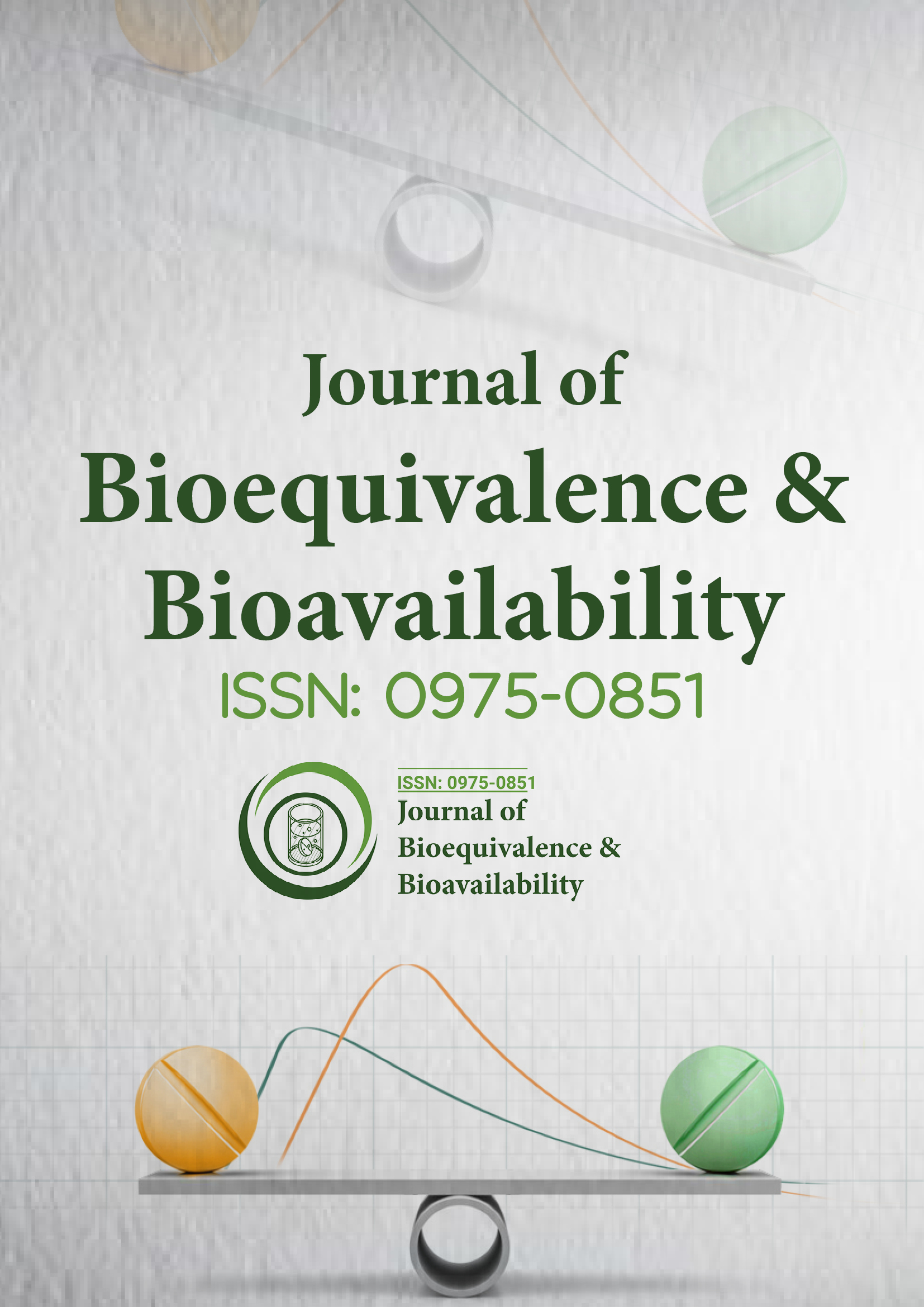Indexed In
- Academic Journals Database
- Open J Gate
- Genamics JournalSeek
- Academic Keys
- JournalTOCs
- China National Knowledge Infrastructure (CNKI)
- CiteFactor
- Scimago
- Ulrich's Periodicals Directory
- Electronic Journals Library
- RefSeek
- Hamdard University
- EBSCO A-Z
- OCLC- WorldCat
- SWB online catalog
- Virtual Library of Biology (vifabio)
- Publons
- MIAR
- University Grants Commission
- Geneva Foundation for Medical Education and Research
- Euro Pub
- Google Scholar
Useful Links
Share This Page
Journal Flyer

Open Access Journals
- Agri and Aquaculture
- Biochemistry
- Bioinformatics & Systems Biology
- Business & Management
- Chemistry
- Clinical Sciences
- Engineering
- Food & Nutrition
- General Science
- Genetics & Molecular Biology
- Immunology & Microbiology
- Medical Sciences
- Neuroscience & Psychology
- Nursing & Health Care
- Pharmaceutical Sciences
Deborah L Levy
Deborah L Levy
Associate Professor, Department of Psychiatry, Harvard Medical School
USA
Biography
Biographical Statement: Dr. Deborah L. Levy received a B.A. degree in 1972 and a Ph.D. degree in 1976 from the University of Chicago. She completed a clinical internship at New York Hospital-Cornell Medical Center (Westchester Division) and a postdoctoral fellowship in clinical psychology at The Menninger Foundation in Topeka KS. She is currently Director of the Psychology Research Laboratory at McLean Hospital and Associate Professor in the Department of Psychiatry at Harvard Medical School. Her primary professional activity is directing a research program on the pathophysiology and genetic bases of schizophrenia and other psychotic disorders. One aim of her research program is to improve the correct identification of these non-penetrant gene carriers. A second major focus of her work explores novel mechanisms of genetic mutation. Research Interests: Although the role of genetic factors in the etiology of schizophrenia is well known, finding a gene(s) for schizophrenia has been elusive. Recurrence risk in first-degree relatives of schizophrenics is low (~6.5%), yet the disease persists despite low fecundity in affected individuals. This fact suggests that most of the carriers and transmitters of schizophrenia genes are some of the well siblings and parents of schizophrenics. One aim of my research program is to improve the correct identification of these non-penetrant gene carriers. My colleagues and I have identified and characterized four traits that are associated with schizophrenia and that are over-represented in well relatives of schizophrenic patients: eye tracking dysfunction, thought disorder, craniofacial dysmorphology and certain evoked response potentials. Unlike schizophrenia, which is certain to be multigenic, these traits may have a simpler genetic transmission. The higher penetrance of these traits than schizophrenia itself increases the power to detect a major locus for one or more of them, which may, in turn, be associated with the genetic transmission of schizophrenia. A second major focus of my work explores novel mechanisms of genetic mutation. Although we have undertaken sequence-based molecular genetic analyses, we are among the first labs to explore the role of structural rearrangements in the human genome and their potential role as risk factors for schizophrenia. We have shown that some of these mutations are inherited and that others occur as spontaneous events. Also, we have shown that reciprocal rearrangements of the same genomic regions are involved in schizophrenia and autism. This collection of rare variants, each of which is highly penetrant, is a major source of genetic heterogeneity in each of these diseases and is a major reason why sequence-based methods have failed to conclusively identify risk gene(s). Future directions include: 1) identifying the full collection of individual rare variants; 2) determining which are inherited and which are de novo events; 3) identifying the biological pathways that are adversely affected in neurodevelopment and that give rise to distinct subtypes of the same clinical syndrome; 4) understanding the mechanism by which reciprocal rearrangements of the same genomic region preferentially result in different clinical disorders, and 5) identifying the protective genetic and epigenetic backgrounds that account for unaffected carriers of these rearrangements. Similar approaches are likely to be fruitful in relation to bipolar disorder and are being undertaken concurrently. There are many other projects that cannot be described in the space allowed. My lab has active collaborations with investigators at Harvard University, Boston University, Duke University, Stony Brook University, McGill University, Shriver Center/University of Massachusetts, University of Toronto, University of California at San Diego, Rutgers University, MIT, Wellesley College, Mount Sinai School of Medicine, and the Baylor College of Medicine.
Research Interest
Although the role of genetic factors in the etiology of schizophrenia is well known, finding a gene(s) for schizophrenia has been elusive. Recurrence risk in first-degree relatives of schizophrenics is low (~6.5%), yet the disease persists despite low fecundity in affected individuals. This fact suggests that most of the carriers and transmitters of schizophrenia genes are some of the well siblings and parents of schizophrenics. One aim of my research program is to improve the correct identification of these non-penetrant gene carriers. My colleagues and I have identified and characterized four traits that are associated with schizophrenia and that are over-represented in well relatives of schizophrenic patients: eye tracking dysfunction, thought disorder, craniofacial dysmorphology and certain evoked response potentials. Unlike schizophrenia, which is certain to be multigenic, these traits may have a simpler genetic transmission. The higher penetrance of these traits than schizophrenia itself increases the power to detect a major locus for one or more of them, which may, in turn, be associated with the genetic transmission of schizophrenia. A second major focus of my work explores novel mechanisms of genetic mutation. Although we have undertaken sequence-based molecular genetic analyses, we are among the first labs to explore the role of structural rearrangements in the human genome and their potential role as risk factors for schizophrenia. We have shown that some of these mutations are inherited and that others occur as spontaneous events. Also, we have shown that reciprocal rearrangements of the same genomic regions are involved in schizophrenia and autism. This collection of rare variants, each of which is highly penetrant, is a major source of genetic heterogeneity in each of these diseases and is a major reason why sequence-based methods have failed to conclusively identify risk gene(s). Future directions include: 1) identifying the full collection of individual rare variants; 2) determining which are inherited and which are de novo events; 3) identifying the biological pathways that are adversely affected in neurodevelopment and that give rise to distinct subtypes of the same clinical syndrome; 4) understanding the mechanism by which reciprocal rearrangements of the same genomic region preferentially result in different clinical disorders, and 5) identifying the protective genetic and epigenetic backgrounds that account for unaffected carriers of these rearrangements. Similar approaches are likely to be fruitful in relation to bipolar disorder and are being undertaken concurrently. There are many other projects that cannot be described in the space allowed. My lab has active collaborations with investigators at Harvard University, Boston University, Duke University, Stony Brook University, McGill University, Shriver Center/University of Massachusetts, University of Toronto, University of California at San Diego, Rutgers University, MIT, Wellesley College, Mount Sinai School of Medicine, and the Baylor College of Medicine.

